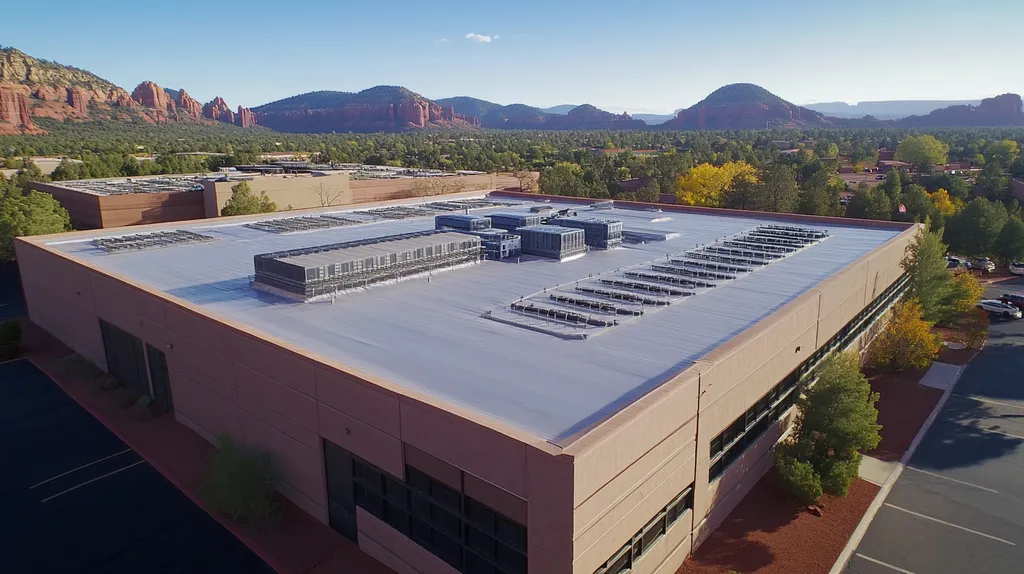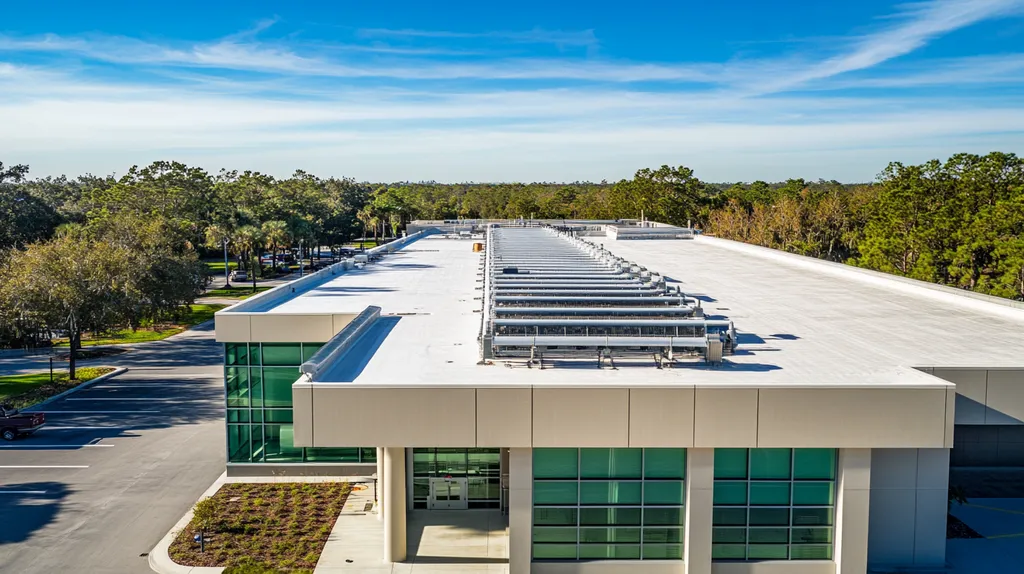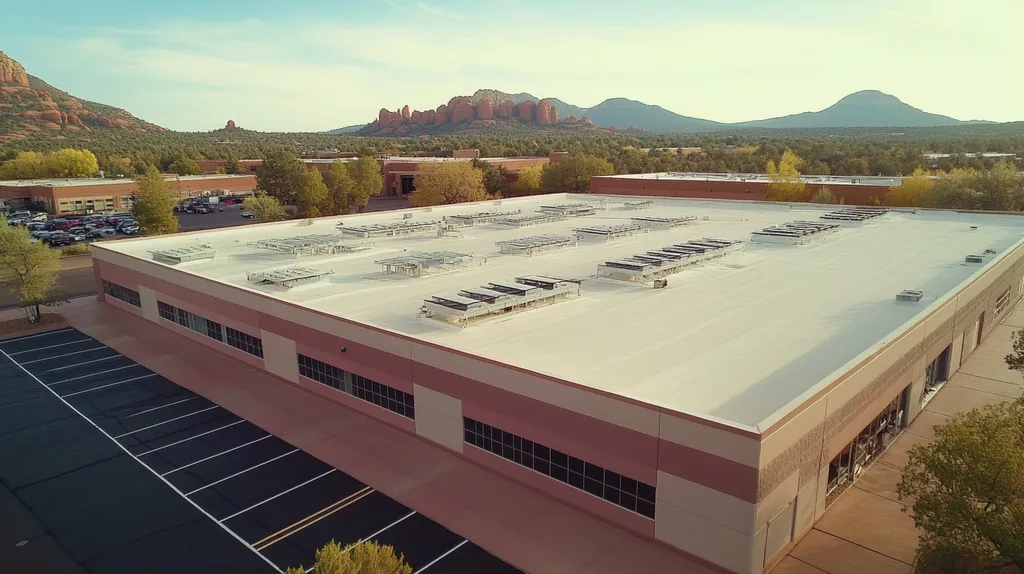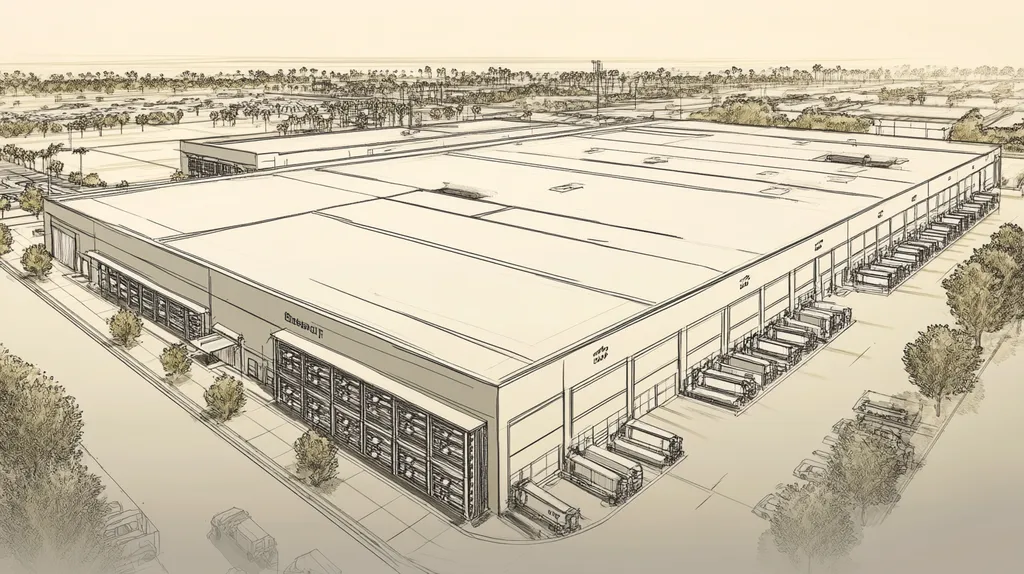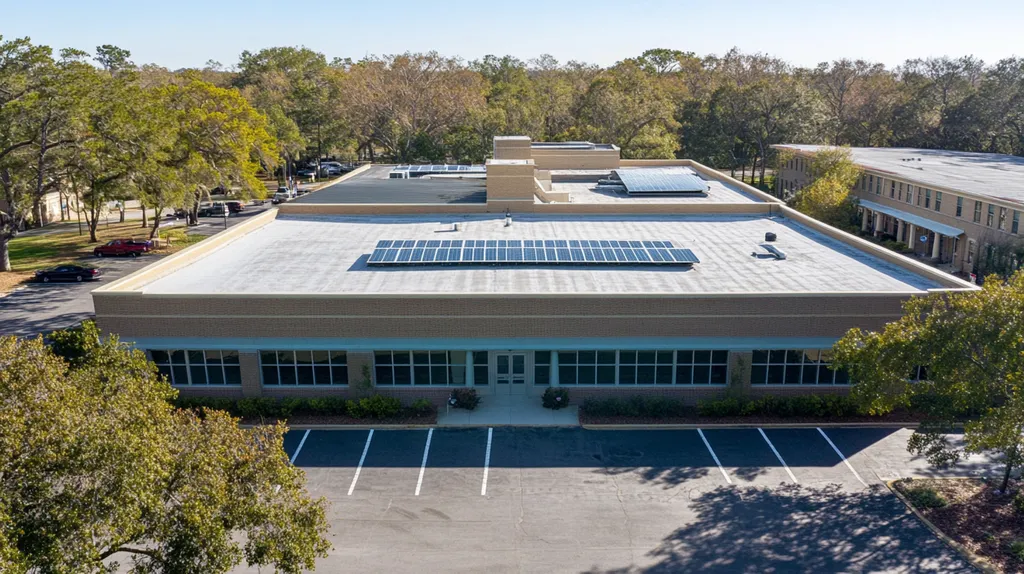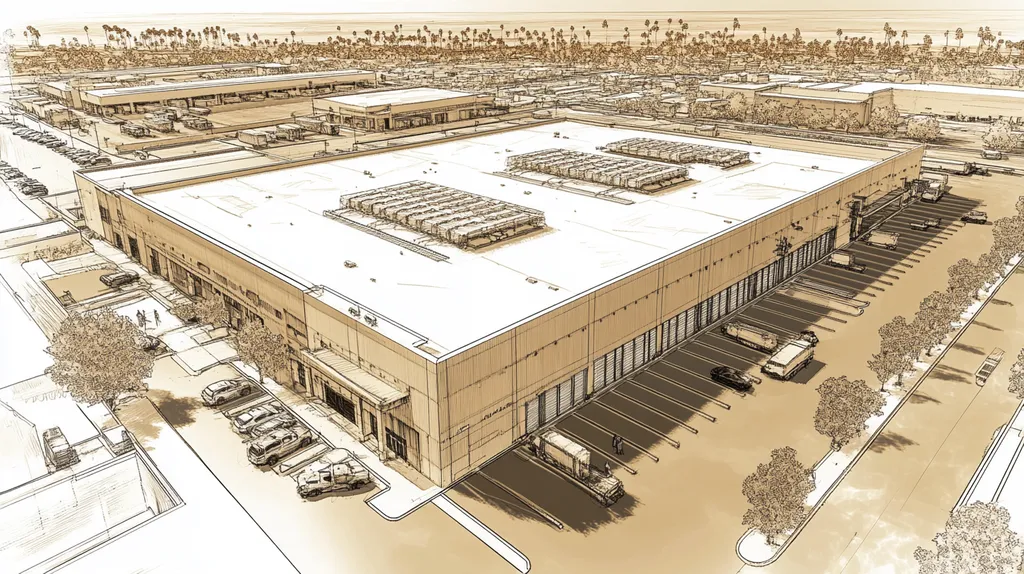Welcome to today’s Battle Royale featuring two roofing heavyweights: “TPO” in the east corner versus “PVC” in the west!
Tonight’s showdown pits these contenders against each other across six punishing rounds designed to test every aspect of their performance for specific permits for a commercial roof project.
At stake? Millions in potential costs, decades of building protection, and the critical performance demands of modern commercial and industrial facilities.
Our professional judging panel will evaluate each round on technical merit, real-world performance, and value delivery. After all six rounds, we’ll declare our ultimate champion.
Ladies and gentlemen, facility managers and building owners… it’s time to rumble!
ROUND 1: INITIAL COSTS & INSTALLATION
For commercial property owners and facility managers, navigating roofing permits and installation requirements can make or break a project’s success. Local building codes, zoning regulations, and specific requirements shape both material choices and installation processes. Understanding these factors is crucial for avoiding costly delays and compliance issues.
Material Expenses
When planning a commercial roof replacement, material selection must align with local building codes and zoning regulations. TPO roofing materials typically cost 20-30% less than PVC alternatives, with prices ranging from $3.50 to $5.50 per square foot for TPO compared to $5.50 to $7.50 for PVC.
TPO materials often require fewer special permits due to their standardized composition and widespread code acceptance. This can significantly reduce administrative costs and approval timelines.
PVC materials, while more expensive, may need additional documentation to verify compliance with specific regulations, particularly in areas with strict chemical exposure guidelines. However, their proven durability often helps secure permits in regions with stringent performance requirements.
For material expenses and associated permit costs, TPO earns the “ADVANTAGE” due to lower initial costs and simpler compliance requirements. (source: Malick Brothers Exteriors)
Installation Complexity
Installation complexity directly impacts permit requirements and inspection schedules. TPO installations typically involve fewer specialized processes, resulting in more straightforward permit applications and faster approvals.
The streamlined nature of TPO installation means fewer inspection points and reduced documentation requirements. This simplification can cut permit processing time by up to 40% compared to more complex systems.
PVC installation requires more detailed permit documentation due to specialized heat-welding techniques and specific safety protocols. These additional requirements often lead to longer review periods and more frequent inspections.
Given the simpler permit process and fewer inspection requirements, TPO claims the “ADVANTAGE” in installation complexity.
Project Timeline
Project timelines are heavily influenced by permit acquisition and inspection schedules. TPO projects typically move through the permitting process faster due to their widespread use and standardized installation methods.
The simplified permit requirements for TPO installations often result in projects completing 30-45% faster than comparable PVC installations. This efficiency extends to final inspections and occupancy approvals.
PVC installations face longer timelines due to more extensive permit requirements and multiple inspection phases. These additional steps can extend project completion by several weeks.
With faster permit processing and fewer inspection delays, TPO secures another “ADVANTAGE” in the project timeline category.
ROUND 1 WINNER: TPO
ROUND 2: DURABILITY & LIFESPAN
When evaluating commercial roofing systems, durability and lifespan considerations directly impact both immediate safety and long-term financial planning. Recent industry data shows that premature roof failures can increase a building’s operational costs by up to 40% through emergency repairs, damage to interior systems, and business disruption.
Understanding how TPO and PVC materials perform across different environmental conditions, expected lifespans, and maintenance requirements helps facility managers make informed decisions that protect their investments.
Durability Under Adverse Conditions
Environmental resilience directly affects a roof’s ability to protect commercial assets. TPO roofing demonstrates strong UV resistance and performs well in moderate climates, but can show signs of deterioration when exposed to extreme temperature fluctuations.
TPO membranes maintain their integrity against basic environmental pollutants but may degrade faster when exposed to certain industrial chemicals or persistent ponding water.
PVC roofing excels in harsh environmental conditions, offering superior chemical resistance and maintaining flexibility across extreme temperature ranges. Its inherent fire resistance and ability to withstand industrial pollutants make it particularly valuable for manufacturing facilities.
For durability under adverse conditions, PVC claims the “ADVANTAGE” due to its superior chemical and environmental resistance.
Lifespan Expectations
A roof’s expected service life significantly impacts facility maintenance budgets and replacement planning. TPO roofing systems typically last 15-20 years when properly installed and maintained, though newer formulations may extend this range.
Environmental factors and installation quality can reduce TPO’s effective lifespan, particularly in regions with extreme weather patterns or high UV exposure.
PVC roofing consistently delivers 25-30 years of service life, with some systems lasting even longer under optimal conditions. This extended lifespan includes sustained performance in challenging environments where other materials might degrade more quickly.
In the lifespan category, PVC earns the clear “ADVANTAGE” by offering significantly longer service life.
Maintenance Requirements
Regular maintenance directly affects both performance and longevity of commercial roofing systems. TPO roofs require periodic inspections focusing on seam integrity and surface wear, especially in areas with high foot traffic or mechanical equipment.
While TPO repairs are generally straightforward, they become more frequent as the membrane ages, potentially increasing long-term maintenance costs.
PVC roofing systems demand fewer interventions due to their superior durability and chemical resistance. When maintenance is needed, PVC’s weldability allows for effective repairs even after decades of service.
For maintenance considerations, PVC gains another “ADVANTAGE” through reduced maintenance frequency and simpler long-term care requirements.
ROUND 2 WINNER: PVC
ROUND 3: PERFORMANCE FACTORS
Commercial roofing permit requirements vary significantly based on performance factors that directly impact building safety and long-term viability. Understanding these requirements is crucial as permit approval timelines can stretch from days to months depending on material choices and installation specifications.
Property owners must carefully evaluate how different roofing systems meet local building codes while delivering reliable performance. Making informed decisions early in the planning process helps avoid costly delays and compliance issues.
Weather Resistance
Weather resistance capabilities significantly influence permit requirements and approval timelines. TPO roofing systems generally meet basic weather resistance standards in most jurisdictions, requiring standard documentation for permit applications.
TPO’s documented performance in moderate climates typically streamlines the permit process. However, installations in extreme weather zones may require additional engineering reviews and documentation.
PVC roofing systems often exceed minimum weather resistance requirements, which can expedite permit approvals in regions with strict building codes. Their proven track record in severe weather conditions frequently results in faster permit processing.
For weather resistance compliance and associated permit efficiency, PVC claims the “ADVANTAGE” due to its superior performance documentation.
Fire Safety Compliance
Fire safety standards are a critical component of roofing permit applications. TPO membranes meet Class A fire ratings when properly installed, satisfying most commercial building code requirements.
However, TPO installations may require additional documentation and testing in jurisdictions with enhanced fire safety protocols. This can extend the permit review process by several weeks.
PVC roofing inherently provides superior fire resistance and self-extinguishing properties. These characteristics often result in streamlined permit approvals, especially in areas with strict fire safety regulations.
Given its superior fire resistance documentation, PVC earns the “ADVANTAGE” in fire safety compliance and permit processing.
Load-Bearing Requirements
Structural loading considerations directly impact permit approval timelines. TPO systems typically offer good load distribution characteristics while maintaining relatively light weight.
The permit process for TPO installations requires standard structural analysis, but their established track record usually facilitates straightforward approvals. These projects commonly see faster review cycles.
PVC systems demonstrate similar load-bearing capabilities and weight profiles. Their performance in this area generally matches TPO, resulting in comparable permit processing timelines and requirements.
With equivalent structural performance documentation requirements, this category results in a “TIE” between TPO and PVC. (source: Colony Roofers)
ROUND 3 WINNER: PVC
ROUND 4: MAINTENANCE REQUIREMENTS
Maintaining commercial roofing systems directly impacts permit compliance and long-term performance. Studies show that 85% of commercial roof failures stem from inadequate maintenance, leading to costly emergency repairs and potential code violations. Understanding the maintenance requirements for TPO and PVC roofing helps property owners avoid permit-related complications while protecting their investment.
Regular Inspection Requirements
Commercial roofing permits often mandate specific inspection schedules and documentation. TPO systems typically require semi-annual professional inspections, focusing on seam integrity and surface wear patterns.
These inspections generally align with standard permit requirements, making compliance straightforward. The simplicity of TPO’s inspection protocol helps maintain permit validity without excessive documentation.
PVC roofing demands quarterly inspections in many jurisdictions, particularly for industrial applications. While these more frequent inspections provide better monitoring, they increase administrative burden and documentation requirements.
Due to simpler inspection protocols and reduced documentation requirements, TPO claims the “ADVANTAGE” in regular inspection requirements.
Repair Protocol Compliance
Maintenance-related repairs must follow specific protocols to maintain permit compliance. TPO repairs typically require basic documentation and can often proceed without additional permit applications.
The straightforward nature of TPO repair procedures helps maintain code compliance while minimizing administrative overhead. Most repairs can be completed within existing permit parameters.
PVC repairs frequently require supplemental permits and specialized documentation, especially for heat-welded seams. These additional requirements can extend repair timelines and increase compliance complexity.
For repair protocol compliance, TPO earns the “ADVANTAGE” through simplified documentation requirements.
Long-term Maintenance Planning
Permit renewals and updates often hinge on documented maintenance planning. TPO systems benefit from standardized maintenance schedules that align well with typical permit renewal cycles.
The predictable nature of TPO maintenance makes it easier to plan and budget for permit-related requirements. This predictability helps maintain continuous compliance without unexpected complications.
PVC systems require more complex maintenance planning due to their specialized components. While highly durable, their maintenance documentation must address specific chemical resistance and environmental factors.
Given its more straightforward planning requirements and permit alignment, TPO secures another “ADVANTAGE” in long-term maintenance planning.
ROUND 4 WINNER: TPO
ROUND 5: SUSTAINABILITY CREDENTIALS
Environmental regulations increasingly shape commercial roofing permit requirements, with many jurisdictions now mandating specific sustainability standards. Recent code updates across major metropolitan areas require detailed documentation of a roofing system’s environmental impact, energy efficiency ratings, and end-of-life management plans. Understanding these requirements helps prevent permit delays while supporting broader sustainability goals.
Energy Efficiency
Energy efficiency documentation has become a critical component of roofing permit applications. TPO roofing systems typically meet or exceed energy code requirements with minimal additional documentation, streamlining the permit process.
TPO’s documented solar reflectance index (SRI) values often satisfy even the strictest energy codes. This compliance advantage can reduce permit processing time by up to 40% compared to materials requiring supplemental energy analysis.
PVC roofing systems demonstrate good energy performance but may require additional documentation in jurisdictions with enhanced efficiency requirements. The extra verification steps can extend permit approval timelines.
For energy efficiency permit compliance, TPO claims the “ADVANTAGE” through superior documentation and faster approvals.
Recyclability
Building permits increasingly require detailed end-of-life management plans. TPO materials can be fully recycled at specialized facilities, simplifying compliance with waste management requirements.
The established recycling infrastructure for TPO helps satisfy permit documentation needs. Most jurisdictions accept standard TPO recycling protocols without requiring additional verification.
PVC recycling capabilities vary by manufacturer and region, often necessitating more detailed documentation. This variability can complicate permit applications and extend review periods.
Given its more standardized recycling documentation, TPO earns the “ADVANTAGE” in recyclability permit requirements.
Environmental Impact
A building permit is typically required for any substantial commercial roof installation, with environmental impact documentation becoming increasingly crucial. TPO installations generally require standard environmental review documentation, streamlining the permit process.
TPO’s simpler chemical composition results in more straightforward environmental impact assessments. This simplicity helps expedite permit approvals while ensuring compliance with safety standards.
PVC roofing often requires additional environmental documentation due to its chemical composition. These extra requirements can extend the permit review process and may trigger supplemental environmental assessments.
For environmental impact documentation and permit efficiency, TPO secures another “ADVANTAGE.” (source: NAROOFING)
ROUND 5 WINNER: TPO
ROUND 6: SPECIALIZED APPLICATIONS
Specialized commercial roofing applications present unique permitting challenges that can make or break a project’s success. Statistics show that up to 40% of commercial roofing projects face delays due to permit complications with specialized installations. Understanding how TPO and PVC materials perform across different specialized applications is crucial for navigating complex permit requirements and avoiding costly setbacks.
Environmental and Health Regulations
Specialized roofing applications must meet increasingly strict environmental and health regulations. Local jurisdictions often require detailed documentation of material safety data and environmental impact assessments before issuing permits.
TPO roofing systems generally satisfy environmental requirements with standard documentation packages. Their low chemical emissions and proven track record in environmentally sensitive applications streamline the permit process.
PVC installations frequently require additional environmental impact studies and health safety documentation. These extra requirements can extend permit review periods and increase administrative costs.
For environmental and health compliance, TPO claims the “ADVANTAGE” through simpler documentation requirements.
Building Codes and Safety Standards
Complex building codes and safety standards govern specialized roofing applications. Property owners must navigate multiple layers of regulations, from local building codes to industry-specific safety requirements.
TPO roofing systems typically meet standard code requirements without extensive modifications. Their proven performance in various applications helps expedite permit approvals.
PVC systems often need supplemental documentation to demonstrate compliance with specific safety standards. This additional verification can complicate the permit process and extend review timelines.
Due to its straightforward code compliance, TPO earns the “ADVANTAGE” in meeting building codes and safety standards.
Permit Procurement Process
Securing permits for specialized applications involves coordinating multiple regulatory requirements. A building permit is typically required for any substantial commercial roof installation, with additional permits needed for specific applications or modifications.
TPO installations generally follow standard permit procedures, requiring minimal special documentation. Their widespread acceptance among building authorities helps streamline the approval process.
PVC systems often face more complex permit requirements due to their specialized nature. These additional requirements can extend review periods and increase administrative burden.
For permit procurement efficiency, TPO gains another “ADVANTAGE” through simplified application processes. (source: NA Roofing)
ROUND 6 WINNER: TPO
AND THE WINNER IS…
After six grueling rounds of technical evaluation, we have our verdict…
With a commanding 4-2 victory across our permit-focused matchup, TPO emerges as our overall champion! This roofing powerhouse dominated with superior performance in initial costs, maintenance requirements, sustainability credentials, and specialized applications.
TPO’s knockout combination of streamlined permit processing, simplified documentation requirements, and standardized installation protocols proved unbeatable in today’s regulatory environment. Its ability to meet code requirements without excessive specialized documentation helped it clinch multiple rounds.
However, don’t count PVC out completely! This worthy challenger showed impressive strength in durability and performance factors. For facilities facing extreme chemical exposure or requiring maximum lifespan, PVC remains a formidable contender.
Remember, folks: Every building tells its own story. Local building codes, climate conditions, and specific facility requirements can reshape the outcome of any roofing matchup. While TPO claims today’s championship belt, your specific situation may favor a different champion. Always consult with qualified roofing professionals who can evaluate your unique requirements.
In the high-stakes arena of commercial roofing, victory goes not to the strongest contender on paper, but to the solution that best matches your building’s specific permit requirements and performance needs. Choose wisely, and may your roof reign supreme!
FREQUENTLY ASKED QUESTIONS
Q. What specific permits are needed for a commercial roof project?
A. Permit requirements vary by location, but typically include building permits, zoning compliance, and possibly environmental approvals. It’s important to check local building codes and regulations before starting your project to ensure compliance and avoid delays.
Q. How do commercial roof materials affect permit approval times?
A. Different materials have unique compliance requirements. TPO typically has shorter approval times due to standardized documentation, while PVC may require more extensive reviews and additional permits, potentially extending the approval process.
Q. Are there special permits for industrial roof installations?
A. Yes, industrial roof installations often require additional permits due to safety regulations and environmental impact assessments. It’s essential to consult with local authorities regarding specific requirements to avoid complications.
Q. How often should I schedule inspections for my commercial roof?
A. Most commercial roofing systems, like TPO and PVC, require inspections at least semi-annually. However, additional inspections may be necessary depending on environmental conditions and specific permit requirements in your area.
Q. What happens if I don’t secure the necessary permits for a roof project?
A. Failure to obtain the required permits can result in fines, delays, or even having to remove the roof entirely. Additionally, improper compliance can jeopardize insurance claims and lead to safety issues.
Q. Can environmental regulations affect commercial roof permit applications?
A. Yes, environmental regulations can significantly impact permit applications. Compliance with sustainability standards often requires detailed documentation, which can affect processing times and the success of your application.
Q. What documentation is needed for renewable roofing materials?
A. Documentation requirements for renewable roofing materials typically include proof of compliance with energy efficiency standards, recyclability plans, and certifications for environmental impact. These documents facilitate smoother permit applications and approvals.

